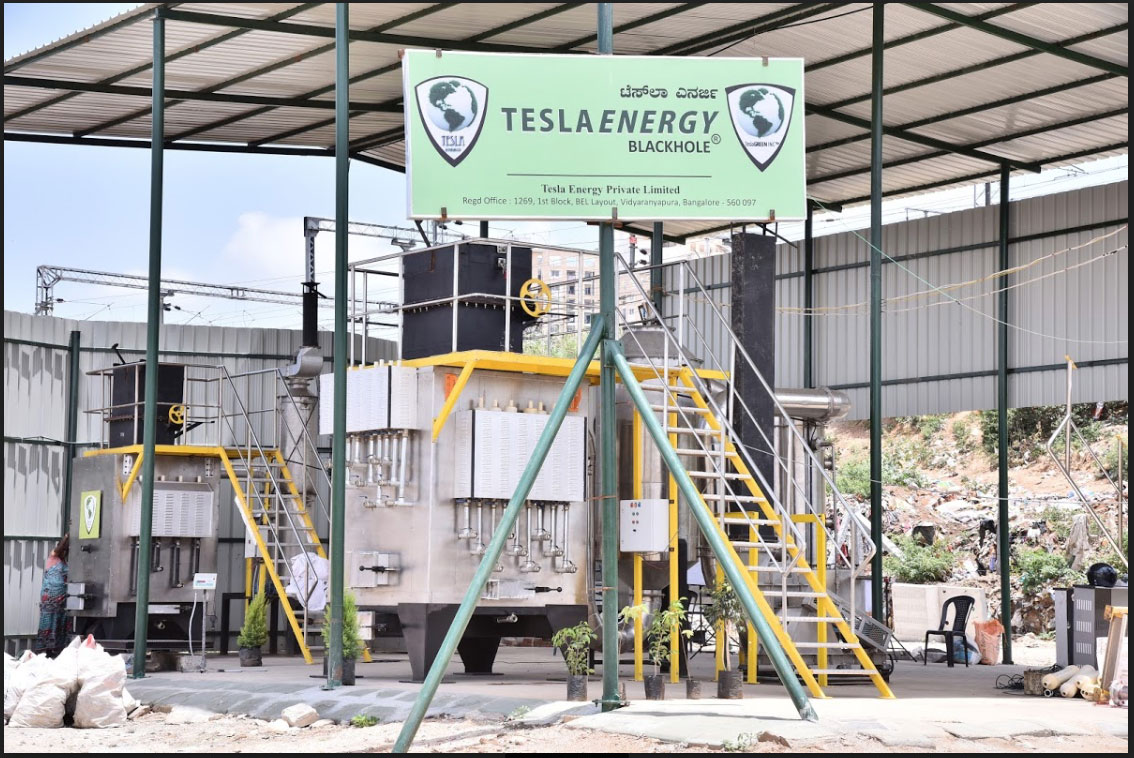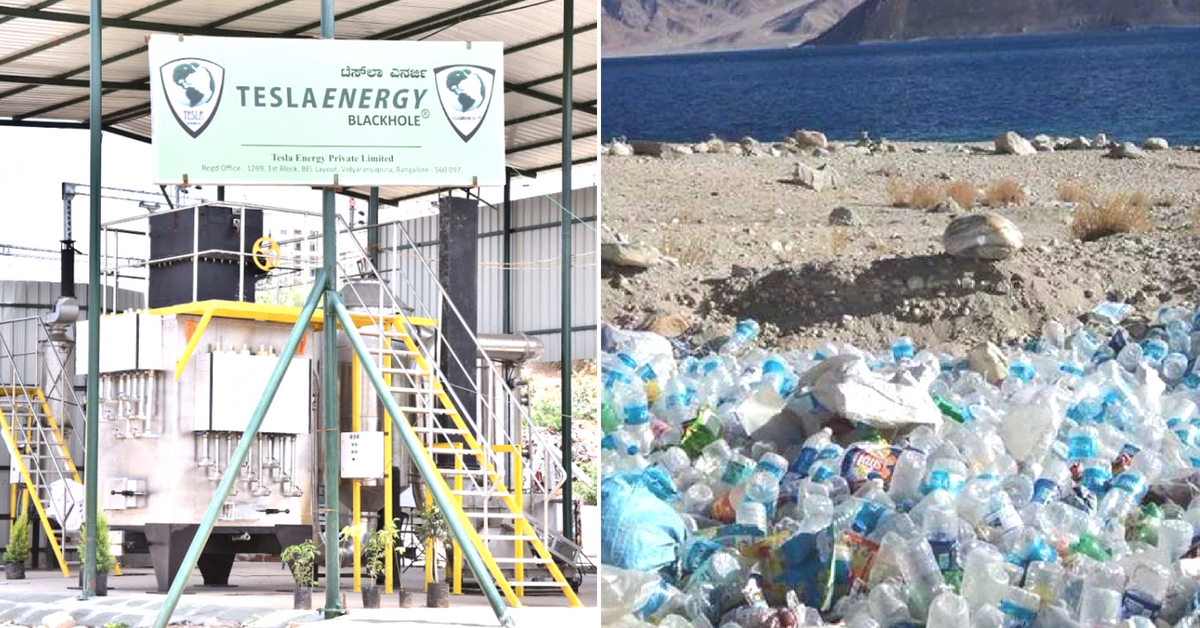Ladakh is suffering from a serious waste management crisis brought on by rising tourist footfall in the region. From approximately 1.8 lakh in 2011 to nearly 3 lakh by the end of this tourist season in October, the number of visitors to this scenic cold desert has risen exponentially.
At the end of the peak season of July-August, the tourist footfall this year touched 2.8 lakh thus far, bringing in approximately 15-16 tonnes of trash per day.
Popular tourist haunts like the Nubra Valley in the north-west to the famous lakes of Pangong-Tso and Tso-Moriri in the east are suffering from this mountain of trash.
In a bid to protect the region’s fragile eco-system, the district administration in Leh under Deputy Commissioner Avny Lavasa has taken the step of approaching US multinational Tesla to buy their unique waste disposal machine called the ‘BlackHOLE’ to swallow up the region’s trash.
How does this piece of technology work?
Using something called super plasma heat decomposition technology, the BlackHOLE turns non-biodegradable waste into ceramic ash, which one can use for building roads and houses, without any requirement for fuel and power. It can process up to 1 tonne of garbage a day, and moreover, it’s low maintenance and can be operated by any layperson.

Why does Ladakh need this piece of technology?
The disposal and transfer of trash to the plains from Ladakh is both uneconomical and nearly impossible in the winters when the roads shut down.
Except for glass, the BlackHOLE can process all that waste without any need for electricity or fuel into ceramic ash.
“We have placed orders with Bengaluru-based Tesla Energy (an arm of US-based Tesla Green) for a plant with a daily capacity of one tonne and expect it in 2-3 months,” Lavasa told the Times of India. “All of us have put our heads together. The Border Roads Organisation is committed to purchase the ash for building roads.”
Also Read: How This Humble Farmer’s Son Became Ladakh’s ‘Weatherman’
Most of the trash, particularly of the non-biodegradable variety, in the Leh district area, comes from tourists. For the past two decades, the local administration has been sitting on the problem.
Follow a garbage dump truck in Leh, and you’ll find yourself at Bomb Garh, an area near Leh town which was once an Indian Army ammunition depot but is now a massive landfill.
Besides this eyesore of a place, locals often dump their garbage in pits or by the mountainside, where the strong winds carry them away. Lavasa, however, is changing that by setting up primary segregation centres at Choglamsar in Leh, Diskit in the Nubra Valley and Nimmu which is 35 away from Leh and on the Leh-Manali road.
(Edited by Gayatri Mishra)
Like this story? Or have something to share? Write to us: contact@thebetterindia.com, or connect with us on Facebook and Twitter.
If you found our stories insightful, informative, or even just enjoyable, we invite you to consider making a voluntary payment to support the work we do at The Better India. Your contribution helps us continue producing quality content that educates, inspires, and drives positive change.
Choose one of the payment options below for your contribution-
By paying for the stories you value, you directly contribute to sustaining our efforts focused on making a difference in the world. Together, let's ensure that impactful stories continue to be told and shared, enriching lives and communities alike.
Thank you for your support. Here are some frequently asked questions you might find helpful to know why you are contributing?

